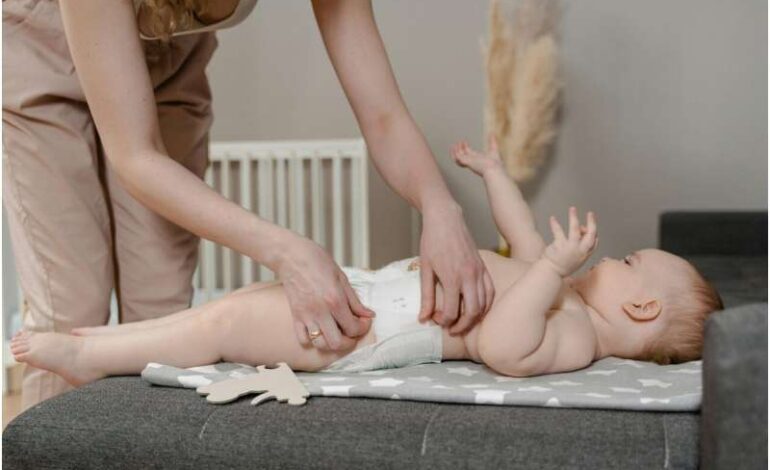Parents Can Use Diaper Changes to Teach Children About Consent

Parents are encouraged to view diaper changes as more than a routine task; they can be pivotal moments for teaching children about consent and body autonomy. According to research shared by Katherine Bussey and Nicole Downes in an article published on November 16, 2025, engaging children in conversations about their bodies from an early age can significantly contribute to their understanding of consent.
Integrating Consent into Daily Care
Many parents may rush through diaper changes, viewing them merely as a chore. However, these moments present an opportunity for parents to communicate with their children about their bodies and choices. This proactive approach can help children understand that they have the right to consent regarding their bodies, which is crucial for their safety and development.
At the beginning of a diaper change, parents should inform their child about what is happening. Getting down to the child’s level and explaining, “You need a diaper change,” sets the stage for clear communication. Allowing for a pause lets the child process the information. Parents can then offer choices, such as, “Do you want to walk or crawl to the change table, or would you like me to carry you?” This encourages children to engage actively in the process.
Fostering Awareness and Engagement
It is essential for children to be aware of what is happening during diaper changes. While distractions, such as singing or toys, may seem helpful, they can detract from a child’s awareness of bodily autonomy. Instead, using consistent language and involving children in the process can help them understand their rights. Phrases like, “Can you please lift up your bottom so I can slide your diaper out?” can reinforce the idea that they have a say in what happens to their bodies.
Parents should also strive for kindness and self-compassion. Recognizing that some diaper changes may need to be expedited due to time constraints is important. While the ideal scenario involves a calm and connected approach, it is vital to acknowledge that not every change will be perfect.
Using proper anatomical terms, such as “vulva,” “penis,” and “anus,” during these discussions can equip children with the language necessary to communicate about their bodies. Although parents might feel discomfort using these terms, doing so lays the groundwork for children to express their experiences to trusted adults.
Providing children with choices in other aspects of their daily lives reinforces their sense of agency. Simple decisions, such as choosing between a blue or yellow shirt or selecting a snack, nurture independence and help mitigate power struggles.
In addition, parents should remain attuned to their children’s body language, especially in scenarios where physical contact is necessary. For instance, if a child seems hesitant when being picked up, parents can assess the situation and respect their child’s comfort levels where possible. While some situations may require immediate action, such as crossing a busy road, parents should strive to consider their child’s feelings in everyday interactions.
By incorporating these strategies into diaper changes and other aspects of daily care, parents can effectively instill the principles of consent early in their children’s lives. This approach not only promotes self-awareness but also helps protect children from potential abuse by fostering an understanding of their rights over their own bodies.





